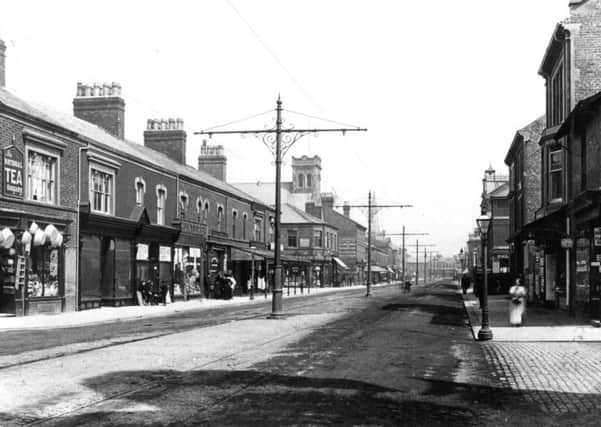Historic Fleetwood: Exploring port's past


But this week, we take a look at some of the port’s other gems in these black-and-white archive photographs.
Fleetwood Pier can be seen in an undated picture. Built at the end of 1910 and gutted by fire in 2008, following safety concerns it was demolished and was never rebuilt.
Advertisement
Hide AdAdvertisement
Hide AdAlso long since demolished is Fleetwood Railway Station. The station, on Queens Terrace, opened in 1883, but was closed in 1966 and was demolished shortly afterwards.
Another site no longer seen is the Isle of Man ferry, coming to and from Fleetwood. Our photo shows the Isle of Man ferry, Stella Marina, passing Lower Light, in 1969.
Custom House Lane became the base for Fleetwood customs people in 1873, when the Custom House stood on the corner of Elizabeth Street and the flat-roofed building was the customs stores. The building was later divided into houses, but knocked down, again in the 1960s and the land used as a car park for the market.
Two pictures show the tramway, which still operates today. A tram trundles along North Albert Street in the early 1900s.
Advertisement
Hide AdAdvertisement
Hide AdAnd Lord Street is shown, from the junction with Preston Street, not long after the tramway opened in 1898. The spire of St Peter’s Church can be faintly seen in the distance, it was removed in 1904.
Also from the early 1900s is a shot of the site of Fleetwood Memorial Park, looking towards Highbury Avenue. It was laid out as Fleetwood Pleasure Park and boating lake, and was renamed after the First World War.
And we can see North Euston Quay, in an undated historical picture.